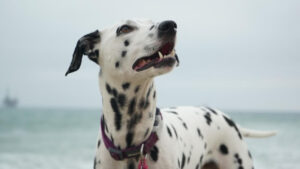
Dog Puzzle Feeder vs Interactive Toys: Which Is Best For Your Pooch?
Choosing the right plaything for your furry friend – be it a dog puzzle feeder or interactive toys – is essential for their mental and
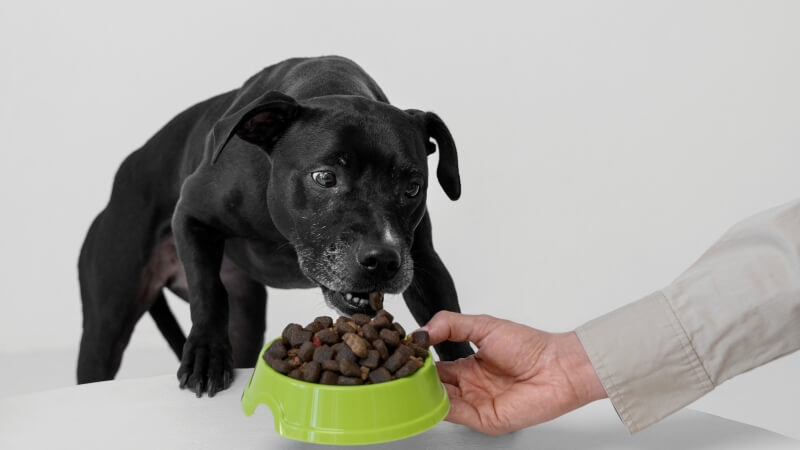
When it comes to how to punish food aggression in dogs, the answer isn’t as straightforward as you might think.
Punishment might seem like the go-to solution, but it’s often not the most effective way to address this behavior.
In this comprehensive guide, we’ll explore the nuances of food aggression in dogs and how to manage it effectively, using patience, understanding, and a sprinkle of humor.
Food aggression in dogs is a common issue that many pet owners face. It’s characterized by behaviors such as growling, snapping, and even biting when someone approaches their food.
This behavior often stems from various causes, including improper feeding practices, past experiences (like being raised on the streets), psychological trauma, and medical issues.
Recognizing these signs is the first step in addressing food aggression. It’s crucial to understand that this behavior is often driven by fear and insecurity, rather than mere disobedience or spite.
Creating a stress-free dining experience for your dog can significantly reduce food aggression. This involves setting up a quiet eating area and establishing a regular feeding schedule. By modifying their environment, you can help your dog feel more secure and less defensive around food.
A peaceful corner away from foot traffic, with a comfy mat and a regular feeding time, can make mealtime a calm affair for your furry friend. Ensure that this space is respected by all family members, creating a safe haven for your dog to eat without disturbance.
Establishing trust is crucial when dealing with food aggression in dogs. Punishment can exacerbate the issue, whereas building a positive relationship can lead to a more peaceful coexistence during meal times.
Trust-building can start with simple acts, like being present (but not intrusive) during meal times, and gradually moving to more interactive activities as comfort levels increase. Regular, gentle interactions around food, such as speaking softly and offering treats by hand, can reinforce the idea that humans are not a threat to their resources.
Effective communication between you and your dog is key to managing food aggression. Understanding and using body language and verbal commands can help you better interpret your dog’s signals and respond appropriately. For instance, learning to recognize the subtle signs of discomfort or stress in your dog can help you adjust your approach and prevent escalation. Avoiding direct eye contact, moving slowly, and using a calm voice can make a significant difference in how your dog perceives your intentions.
Poor nutrition or food sensitivities can sometimes influence a dog’s behavior, including food aggression. Collaborating with a veterinarian to create a healthy diet plan is a proactive step toward addressing this issue.
Sometimes, a change in diet can alleviate unseen discomfort that may contribute to aggressive behavior. A balanced diet, suited to your dog’s age, breed, and health status, can significantly impact their overall well-being and behavior.
All family members, including children, should be involved in training and maintaining consistency. Educating them on safe interactions with a food-aggressive dog is essential, and incorporating puzzle feeders can be a fun and engaging way to do so.
It’s important that everyone in the old house understands and follows the same guidelines to prevent mixed signals to your dog. Consistent rules and boundaries of all family members will reinforce training and help your dog feel secure.
Modifying feeding times and locations can have a significant impact on reducing food aggression. Small changes can make a big difference in how your dog perceives mealtime.
Experiment with different spots in your home to find the most calming location for your dog to eat, and consider feeding at times when the household is quieter. This can help your dog associate mealtime with relaxation and safety, rather than competition or threat.
Recognizing and properly responding to sudden bouts of food aggression is crucial. Identifying early warning signs and knowing how to de-escalate the situation can prevent it from escalating.
Stay calm and avoid direct confrontation; instead, try distracting your dog with a favorite toy or command to shift their focus. It’s important to avoid punishing or scolding your dog in these situations, as this may increase their stress and exacerbate the problem.
Knowing when and how to seek help from behaviorists or veterinarians is important in managing food aggression in dogs.
Professional guidance can offer tailored solutions and support. Don’t hesitate to reach out for help if you feel overwhelmed or if the aggression escalates.
A professional can provide valuable insights into your dog’s behavior and offer strategies that are specific to your dog’s needs.
In homes with multiple pets, preventing and managing food aggression requires specific strategies. Establishing feeding zones and clear boundaries is key to maintaining peace among your pets.
Ensure each pet has their own space to eat without feeling threatened by others. This can involve feeding pets in separate rooms or at different times to avoid any conflicts.
It’s also crucial to monitor interactions between pets during meal times to ensure that no bullying or food stealing occurs.
Addressing common misconceptions and mistakes in handling food aggression is vital. Understanding the root causes and appropriate responses can lead to better management of this behavior.
Remember, aggression is often rooted in fear or insecurity, not dominance or spite. Punishing your dog for showing aggression can reinforce their belief that they need to defend their food, perpetuating the cycle of aggression.
Consistent observation and adjustment of your approach are necessary for the long-term management of food aggression. Being patient and flexible with your strategy is key to success.
Regularly review and adjust your methods to ensure they remain effective and considerate of your dog’s changing needs.
This might include tweaking your training techniques, changing the feeding environment, or consulting with a professional for new ideas.
In conclusion, when it comes to how to punish food aggression in dogs, it’s more about understanding and managing the behavior rather than punishing it.
Using methods such as environmental optimization, effective communication, and involving all family members in the process are crucial. And don’t forget the potential of puzzle feeders as a fun and engaging tool in this journey.
With patience and consistency, you can help your dog overcome food aggression and enjoy a harmonious relationship.
Remember, the goal is a happy, well-adjusted pet, not a fearful one. Through understanding, patience, and consistent training, you can transform mealtime from a battle to a bonding experience with your beloved dog.
What should I do if my dog shows food aggression towards other animals?
If your dog shows aggression towards other animals during meal times, it’s important to separate them during feeding. Feed your dog in a different room or at different times than your other pets. Supervising interactions around food and ensuring each pet has its own space can prevent competitive behavior and reduce stress.
Can food aggression in dogs be completely cured?
While some dogs may overcome food aggression entirely with consistent training and management, others may always require some level of management. The success of overcoming food aggression depends on various factors, including the dog’s history, temperament, and the owner’s commitment to consistent training and environment management.
How long does it typically take to manage food aggression in dogs?
The time it takes to manage food aggression in dogs varies greatly depending on the individual dog and the consistency of the training. Some dogs may show improvement within a few weeks, while others may take several months. It’s a gradual process that requires patience and persistence.
Are certain breeds more prone to food aggression than others?
Food aggression can occur in any breed of dog and is not specifically linked to breed. It is more closely related to a dog’s past experiences, training, and individual personality. However, certain breeds may be more predisposed to resource-guarding behaviors due to their historical roles and breeding.
Is it safe to try and touch or pet my dog while they are eating to reduce food aggression?
It’s generally not advisable to touch or pet a dog while they are eating, especially in the early stages of managing food aggression. This can increase their stress and potentially provoke an aggressive response. Instead, focus on building trust and positive associations with your presence during meal times through training and gradual desensitization.


Choosing the right plaything for your furry friend – be it a dog puzzle feeder or interactive toys – is essential for their mental and
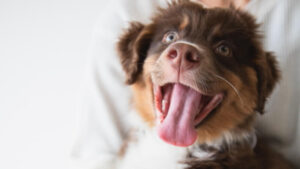
Wondering if a puzzle feeder could revolutionize your pet’s mealtime into an exciting challenge? This unique device promises to engage your furry friend both mentally

For passionate pet enthusiasts, a puzzle feeder is more than just a toy; it’s a critical tool for mental stimulation and dietary control for their

Are you ready to dive deeper into the world of puzzle feeder and embark on a journey to ensure your furry friends remain mentally stimulated?
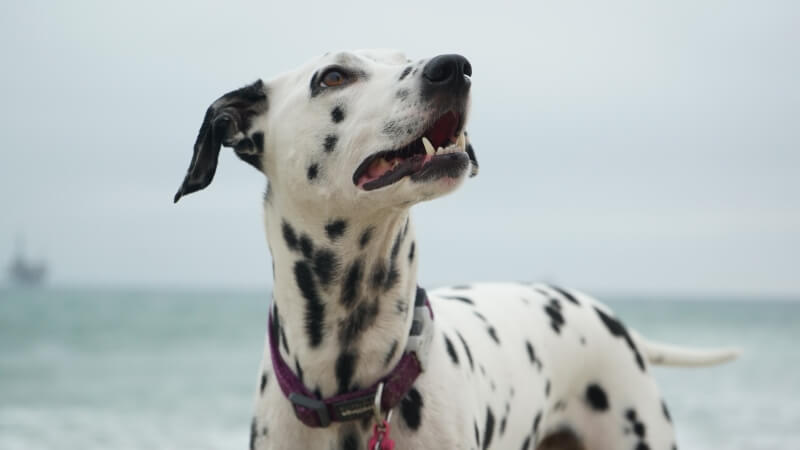
Choosing the right plaything for your furry friend – be it a dog puzzle feeder or interactive toys – is essential for their mental and
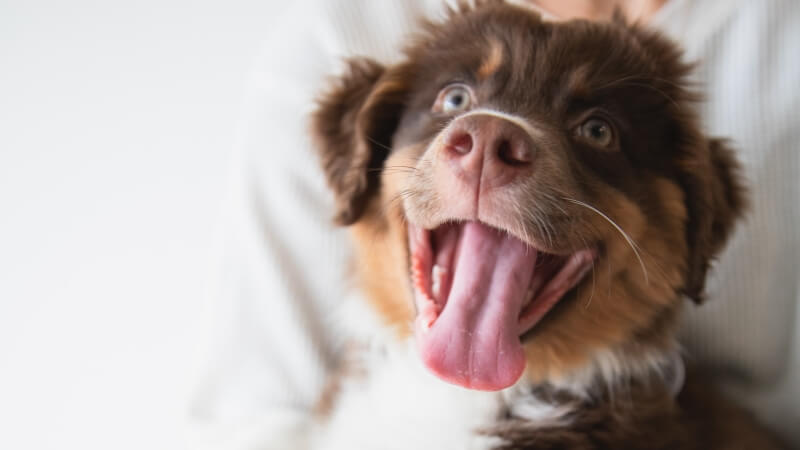
Wondering if a puzzle feeder could revolutionize your pet’s mealtime into an exciting challenge? This unique device promises to engage your furry friend both mentally

For passionate pet enthusiasts, a puzzle feeder is more than just a toy; it’s a critical tool for mental stimulation and dietary control for their

Are you ready to dive deeper into the world of puzzle feeder and embark on a journey to ensure your furry friends remain mentally stimulated?
Copyright © 2024 puppypuzzlefeeder. All Rights Reserved.